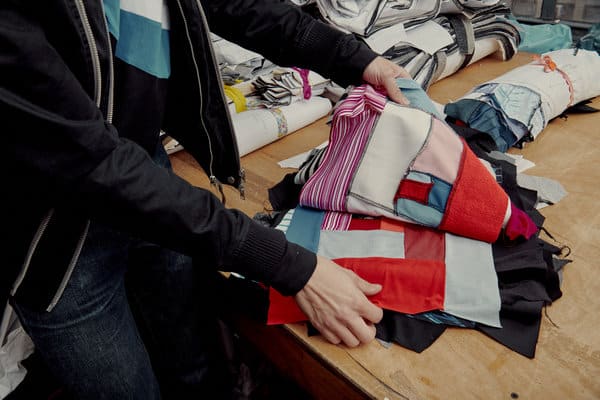The Ultimate Guide to Reuse: Tips on How to Reuse and Reduce Your Environmental Impact

In today’s world, environmental sustainability has become a crucial concern. One of the most effective ways to combat climate change and reduce our environmental impact is through the practice of reuse. By finding new uses for old items, we can minimize waste, conserve resources, and decrease pollution. This ultimate guide will provide you with essential tips on how to reuse and make a positive difference for our planet.
Understanding Reuse and Its Importance
Reuse involves using an item more than once for the same or a different purpose. It differs from recycling in that it doesn’t require breaking down the item into raw materials before repurposing it. Reuse helps to extend the life of products, reducing the need for new resources and the energy required to produce new items. This practice can significantly cut down on waste and lower greenhouse gas emissions.
Practical Tips on How to Reuse Everyday Items
- Repurpose Glass Jars and Containers
Glass jars from sauces, jams, and other foods can be cleaned and reused for storage. They are perfect for organizing pantry items, holding craft supplies, or even serving as stylish plant pots. - Transform Old Clothes
Instead of discarding old clothing, consider donating it, or get creative by turning it into something new. Old t-shirts can become cleaning rags, quilts, or even tote bags. Jeans can be repurposed into shorts, bags, or patchwork projects. - Utilize Leftover Food
Reduce food waste by getting creative with leftovers. Transform yesterday’s dinner into today’s lunch by adding new ingredients. Vegetable scraps can be used to make broth, and overripe fruits can be blended into smoothies or baked goods. - Reimagine Furniture and Decor
Before buying new furniture, see if you can refurbish or upcycle what you already have. A fresh coat of paint or new hardware can give old furniture a new lease on life. Use pallets to create garden furniture or wall art. - Refill and Reuse Bottles
Purchase products in bulk and refill containers to minimize plastic waste. Many stores offer refill stations for items like shampoo, detergent, and cleaning supplies. Reusable water bottles and coffee cups are also excellent ways to reduce single-use plastic. - Creative Uses for Paper and Cardboard
Paper and cardboard can have multiple lives. Use old newspapers for cleaning windows or packing materials. Cardboard boxes can be transformed into storage containers, kids’ crafts, or even compost material. - Repair and Maintain Items
Instead of replacing broken items, try to repair them. Many online tutorials can guide you through fixing appliances, electronics, and clothing. Regular maintenance can also extend the life of your belongings.
Benefits of Reuse
The benefits of adopting reuse practices are substantial. Here are a few key advantages:
- Environmental Conservation
Reusing items reduces the need for raw materials, helping to conserve natural resources such as water, minerals, and forests. It also cuts down on the energy and emissions associated with manufacturing new products. - Waste Reduction
By extending the life of products, reuse significantly reduces the volume of waste sent to landfills and incinerators. This helps decrease pollution and the environmental impact of waste disposal. - Economic Savings
Reuse can save you money by reducing the need to purchase new items. Whether it’s repurposing household goods or repairing instead of replacing, these practices can lower your expenses. - Community and Creativity
Engaging in reuse activities can foster a sense of community. Swap events, donation drives, and DIY projects bring people together. It also encourages creativity as individuals find innovative ways to repurpose items.
Conclusion
Incorporating reuse into our daily lives is a powerful way to reduce our environmental impact and combat climate change. By following these tips on how to reuse, we can conserve resources, reduce waste, and save money. Every small action contributes to a larger movement towards a more sustainable and eco-friendly world. Start today by looking at the items around you and imagining how they can be given a second life. Together, we can make a significant difference for our planet.

